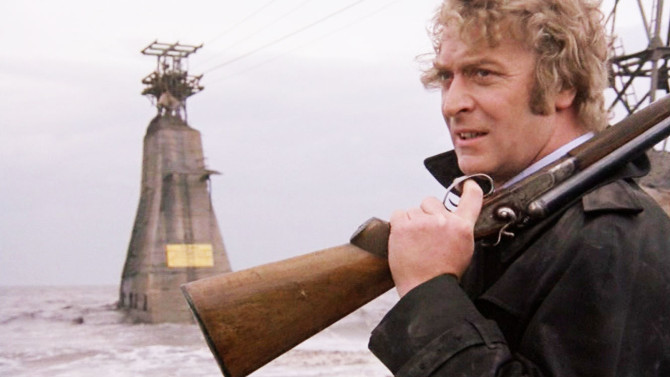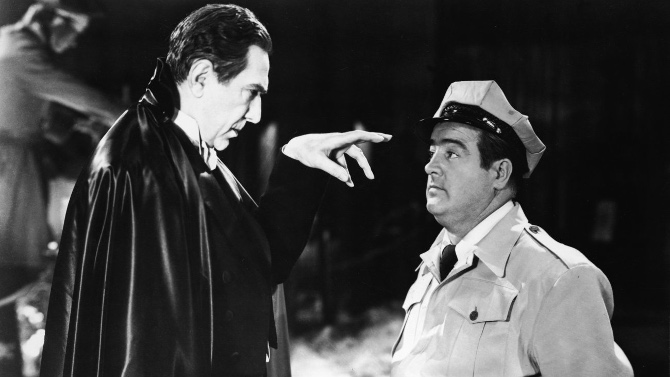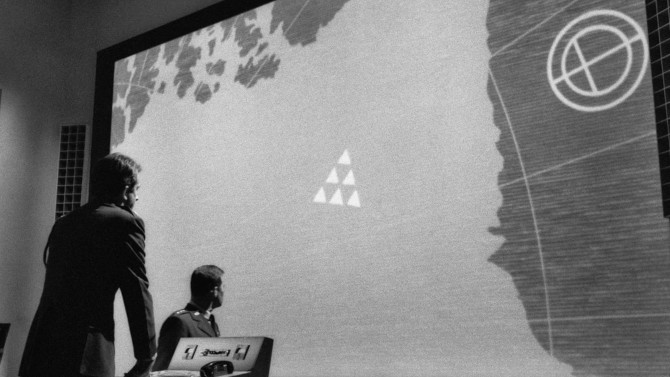
Safety First
Like a severe and utterly serious version of Stanley Kubrick’s 1964 satirical dark comedy Dr. Strangelove or: How I Learned to Stop Worrying and Love the Bomb, you would think that Fail Safe would have been the original release in theatres that was then later spoofed, yet that is not the case. Released approximately six months later in the same year, as you might imagine, it led to very poor returns at the box office – dare I say it (as the film deals with this subject matter)... it was a bomb! Despite that, over time, it has become a bonafide classic. Based upon Eugene Burdick’s 1962 novel of the same name and directed by Sidney Lumet (Dog Day Afternoon), he introduces us to our main players by way of little vignettes.
-
Vigilante Justice USA/UK Style
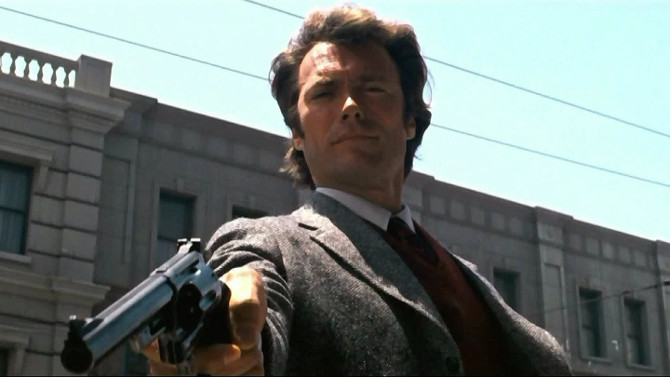 Dirty HarryGet CarterMay 6, 2016
Dirty HarryGet CarterMay 6, 2016Dirty Harry, starring the legendary Clint Eastwood, has to be one of the most iconic characters in film history. Eastwood truly brings the essence of Harry Callahan to life, delivering a gritty performance that captures the hero’s gruff, no nonsense ways and vigilante-style justice. In 1971, the same year Eastwood starred in Dirty Harry, Michael Caine was cast as the lead in a British motion picture called Get Carter, which carries many of the same themes.
-
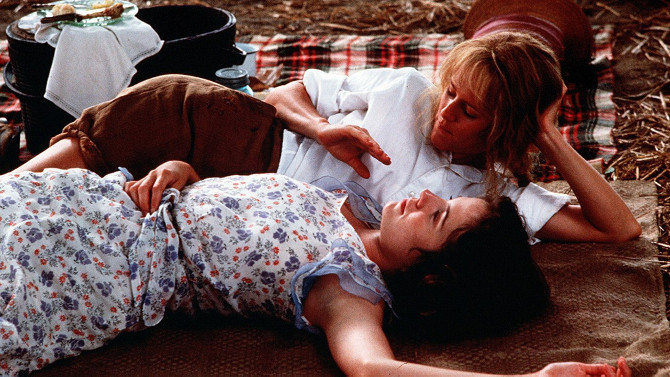
A Southern Delicacy
Fried Green TomatoesMay 3, 2016Certain novels, and their respective films, capture the beautiful yet complicated nature of the American south. The Adventures of Tom Sawyer and To Kill a Mockingbird are two such examples. A third book that has been transformed into a motion picture that illustrates this intriguing subject is Jon Avnet’s 1991 movie Fried Green Tomatoes.
-
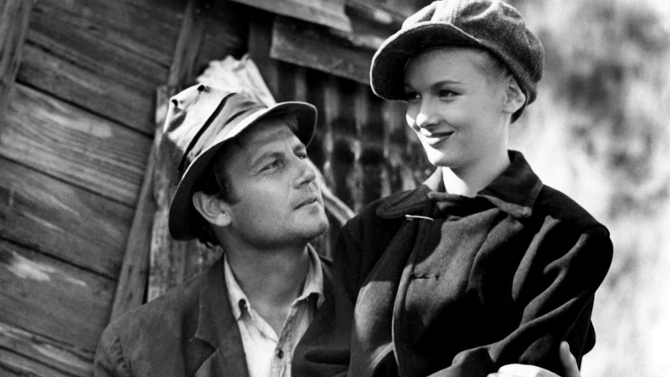
These Vagabond Shoes Are Longing to Stray
Sullivan's TravelsApril 22, 2016It is interesting to chart the history of how time affects the status of actors, directors and the like. Some stars, though long since passed, have lasted the test of time – their names still bandied about in common conversations and the current lexicon. When watching a thriller, we may quickly reference Alfred Hitchcock, or while enjoying the manoeuvres of a physical comic, our minds may harken immediately to Charlie Chaplin or Chris Farley. Yet, it is equally as intriguing to investigate how certain names that were once so prevalent in their own era have become unknown to the common viewer – where only true film afficionados know their reach and influence. This seems to be the case with the highly talented comedic filmmaker Preston Sturges.
-
Two Timeless Classics from Buster Keaton
 One WeekThe 'High Sign'April 15, 2016
One WeekThe 'High Sign'April 15, 2016The triumvirate of silent era comedians, in no particular order, are as follows: the ever famous Charlie Chaplin, the oft forgotten Harold Lloyd and ‘The Great Stone Face’ Buster Keaton. As I have already reviewed a film of Lloyd’s and several of Chaplin’s, I thought it would be a good time to visit some of the work of Keaton’s acrobatic and stoic-faced silent era screen personas. To change things up a tad, I also thought it would be fun to look to some of his earlier short films instead of his more iconic full length features like The General.
-
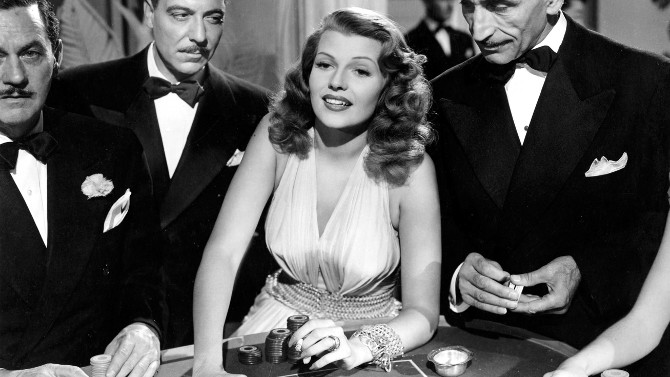
Luck be a Lady Tonight
GildaApril 10, 2016There is nothing like a memorable entrance/introduction to an onscreen character. The film that I am reviewing today has three. As the camera pans up at the very beginning of the movie, we are nearly hit by voice over narrator Johnny Farrell’s (Glenn Ford) trick dice. As he leaves the sketchy gambling room (after easily winning some cash with his fake cubes), he is held at gunpoint by a robber. In comes his saviour and soon to be boss, Ballin Mundson (George Macready), who uses his ‘best friend’, a walking stick that hides a dangerously long and sharp bayonet to save the nervous man. But it is the third and final entrance that blows the other two away. After Farrell begins to work for Mundson for some time, he learns, upon his bosses return from a trip, that he has gotten married. As the two enter the dame’s bedroom, her husband asks, "Gilda, are you decent?". Rita Hayworth’s title character, after a slight pause, pops up on the screen, and with a sensual flip of her perfect locks, flirtatiously responds "Me?". Dare I say, drama ensues.
-
Scare Up Some Laughs
 Hold That GhostAbbott and Costello Meet FrankensteinApril 8, 2016
Hold That GhostAbbott and Costello Meet FrankensteinApril 8, 2016There are many classic comedians that are still honoured and remembered fondly today. People like the Marx Brothers, the Three Stooges, Charlie Chaplin and Buster Keaton are highly regarded funny men, yet the comedy team of Bud Abbott and Lou Costello are, in my opinion, less quickly thought of than those mentioned above. Despite this, many of their films, which include a mixture of memorable physical comedy and witty dialogue, still hit the funny bone today. Two of my favourites mix comedy with the horror genre: 1941's Hold That Ghost and 1948's Bud Abbott and Lou Costello Meet Frankenstein.

